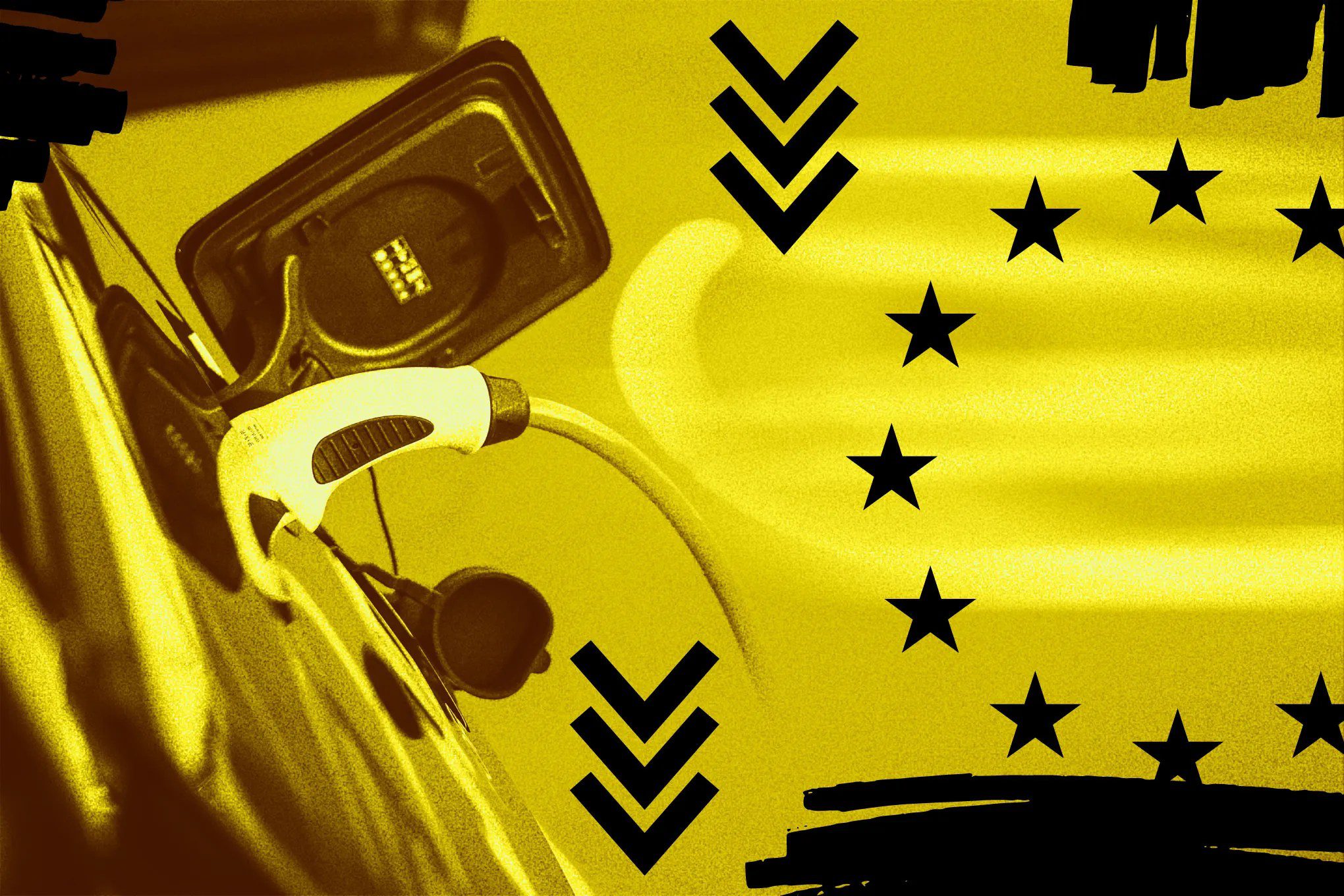
europe banned new gas cars after 2035 The European Union is reconsidering its ambitious ban on new gas and diesel cars after 2035, a move that has significant implications for the automotive industry and environmental policy.
europe banned new gas cars after 2035
Background on the EU’s Ban
In July 2021, the European Commission proposed a plan to phase out the sale of new internal combustion engine (ICE) vehicles by 2035. This initiative was part of a broader strategy to reduce greenhouse gas emissions and combat climate change. The goal was to transition to electric vehicles (EVs) and promote sustainable transportation, aligning with the EU’s commitment to achieving carbon neutrality by 2050.
The ban was met with widespread support from environmental groups and many EU member states, who viewed it as a crucial step towards a greener future. However, the automotive industry expressed concerns about the feasibility of such a rapid transition. Manufacturers argued that the necessary infrastructure for EVs, such as charging stations, was not adequately developed, and consumer adoption of electric vehicles was lagging.
Current Developments
Mercedes-Benz CEO Ola Källenius has emerged as a prominent advocate for revisiting the EU’s stringent regulations. In a recent interview with The Verge, he emphasized the need for a more pragmatic approach to the phase-out of combustion engines. Källenius argued that the rigid deadlines set by the EU are “no longer feasible,” citing infrastructure bottlenecks and the slow adoption of EVs by consumers as key challenges.
Infrastructure Challenges
One of the primary concerns highlighted by Källenius is the lack of adequate charging infrastructure across Europe. While many countries have made strides in expanding their EV charging networks, significant gaps remain, particularly in rural areas. This inconsistency can deter potential EV buyers who may worry about the availability of charging stations during long trips.
Moreover, the transition to electric vehicles requires substantial investment in grid capacity and renewable energy sources to ensure that the electricity used to charge these vehicles is sustainable. Without a robust infrastructure in place, the ambitious goals set by the EU may be difficult to achieve.
Consumer Adoption Rates
Another critical factor in the reconsideration of the ban is the current rate of consumer adoption of electric vehicles. Despite growing interest in EVs, many consumers remain hesitant to make the switch due to concerns about range anxiety, charging times, and the higher upfront costs associated with electric vehicles compared to traditional gas-powered cars.
According to recent data, electric vehicles accounted for approximately 10% of new car sales in the EU in 2022, a figure that, while growing, still falls short of the levels needed to meet the 2035 deadline. Källenius argues that a more flexible timeline would allow manufacturers to better align production with consumer demand, ultimately leading to a smoother transition.
Implications for the Automotive Industry
The potential rollback of the 2035 ban could have significant implications for the automotive industry in Europe. On one hand, it may provide manufacturers with the breathing room they need to ramp up EV production and address infrastructure challenges. On the other hand, it could also send mixed signals about the EU’s commitment to environmental goals.
Job Protection and Competitiveness
Källenius has emphasized that a more flexible approach is necessary to protect jobs within the automotive sector. The transition to electric vehicles is expected to disrupt traditional manufacturing processes, leading to potential job losses in certain areas. By allowing for a gradual phase-out of combustion engines, the EU could mitigate the impact on employment and ensure that workers are not left behind in the transition.
Additionally, a more pragmatic approach could enhance the competitiveness of European automakers in the global market. As countries around the world adopt their own regulations regarding emissions and EVs, the EU must ensure that its policies do not hinder the ability of its manufacturers to compete effectively. A balanced approach that considers both environmental goals and economic realities may be essential for maintaining Europe’s leadership in the automotive sector.
Stakeholder Reactions
The discussion surrounding the potential rollback of the gas car ban has elicited a range of reactions from various stakeholders. Environmental groups have expressed concern that weakening the regulations could undermine the EU’s climate goals. They argue that a strong commitment to phasing out combustion engines is essential for achieving meaningful reductions in greenhouse gas emissions.
Conversely, industry representatives have largely welcomed the idea of a more flexible timeline. Many manufacturers share Källenius’s concerns about the current pace of the transition and believe that a revised approach could facilitate a smoother shift to electric vehicles.
Future Considerations
As the EU grapples with the complexities of transitioning to electric vehicles, several key considerations will shape the future of automotive policy in Europe.
Technological Advancements
Technological advancements in battery technology and charging infrastructure will play a crucial role in determining the feasibility of the EU’s goals. Innovations that improve battery efficiency, reduce charging times, and lower costs could significantly enhance the attractiveness of electric vehicles to consumers. The EU must continue to support research and development in these areas to facilitate a successful transition.
Consumer Education and Incentives
Increasing consumer awareness and understanding of electric vehicles will also be vital. Many potential buyers may not fully grasp the benefits of EVs, such as lower operating costs and reduced emissions. The EU could implement educational campaigns and incentives to encourage consumers to make the switch to electric vehicles.
Global Trends and Competitiveness
Finally, the EU must remain vigilant about global trends in the automotive industry. Other regions, such as China and the United States, are also making significant strides in the transition to electric vehicles. The EU’s policies must be designed to ensure that European manufacturers remain competitive in this rapidly evolving landscape.
Conclusion
The European Union’s reconsideration of its ban on new gas and diesel cars after 2035 reflects the complex challenges associated with transitioning to electric vehicles. While the push for a more pragmatic approach led by industry leaders like Mercedes-Benz’s Ola Källenius may address some immediate concerns, it also raises questions about the EU’s long-term commitment to environmental sustainability. As stakeholders navigate this critical juncture, the decisions made in the coming months will have lasting implications for the automotive industry and the future of transportation in Europe.
Source: Original report
Was this helpful?
Last Modified: November 17, 2025 at 12:36 pm
0 views















